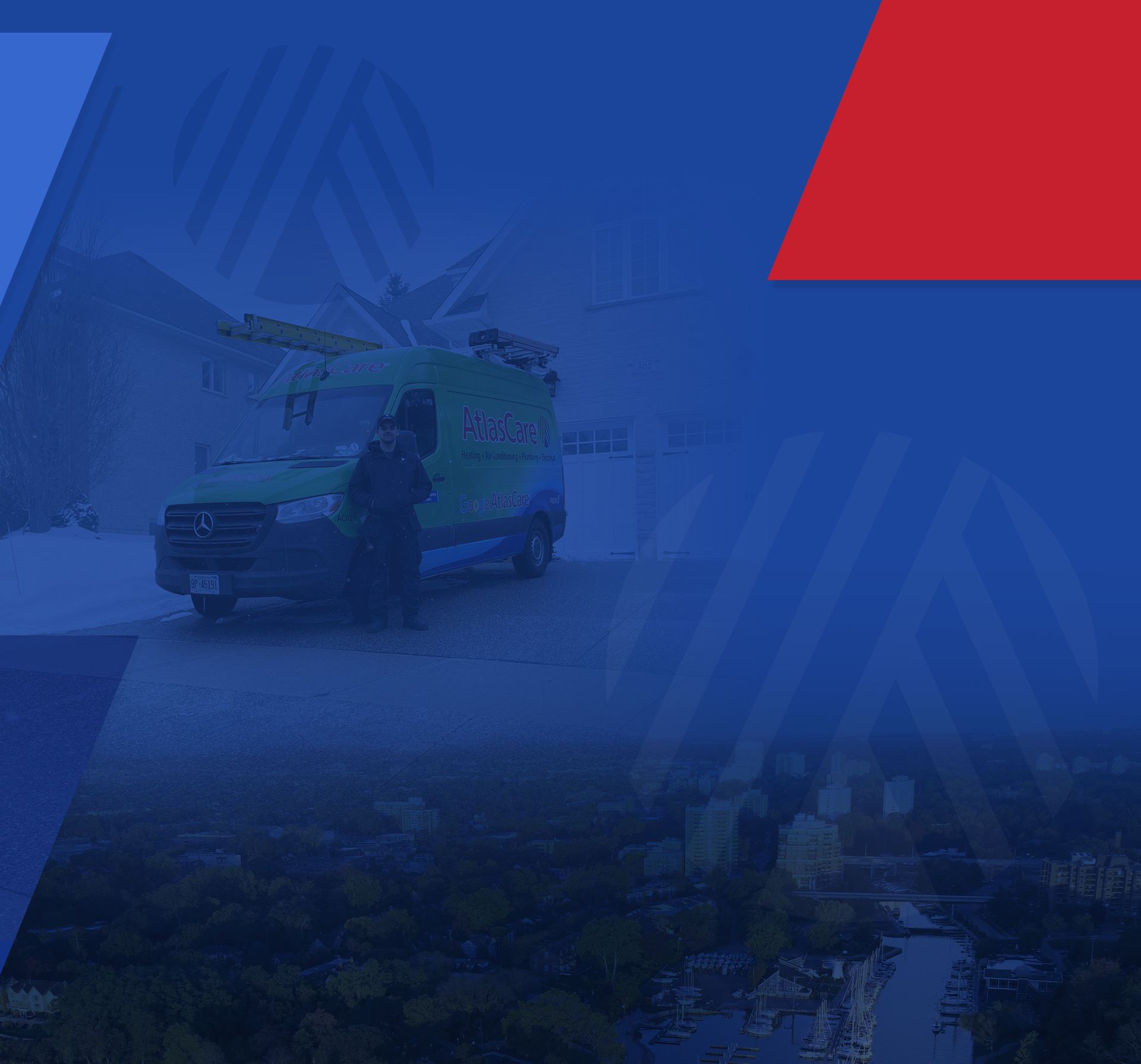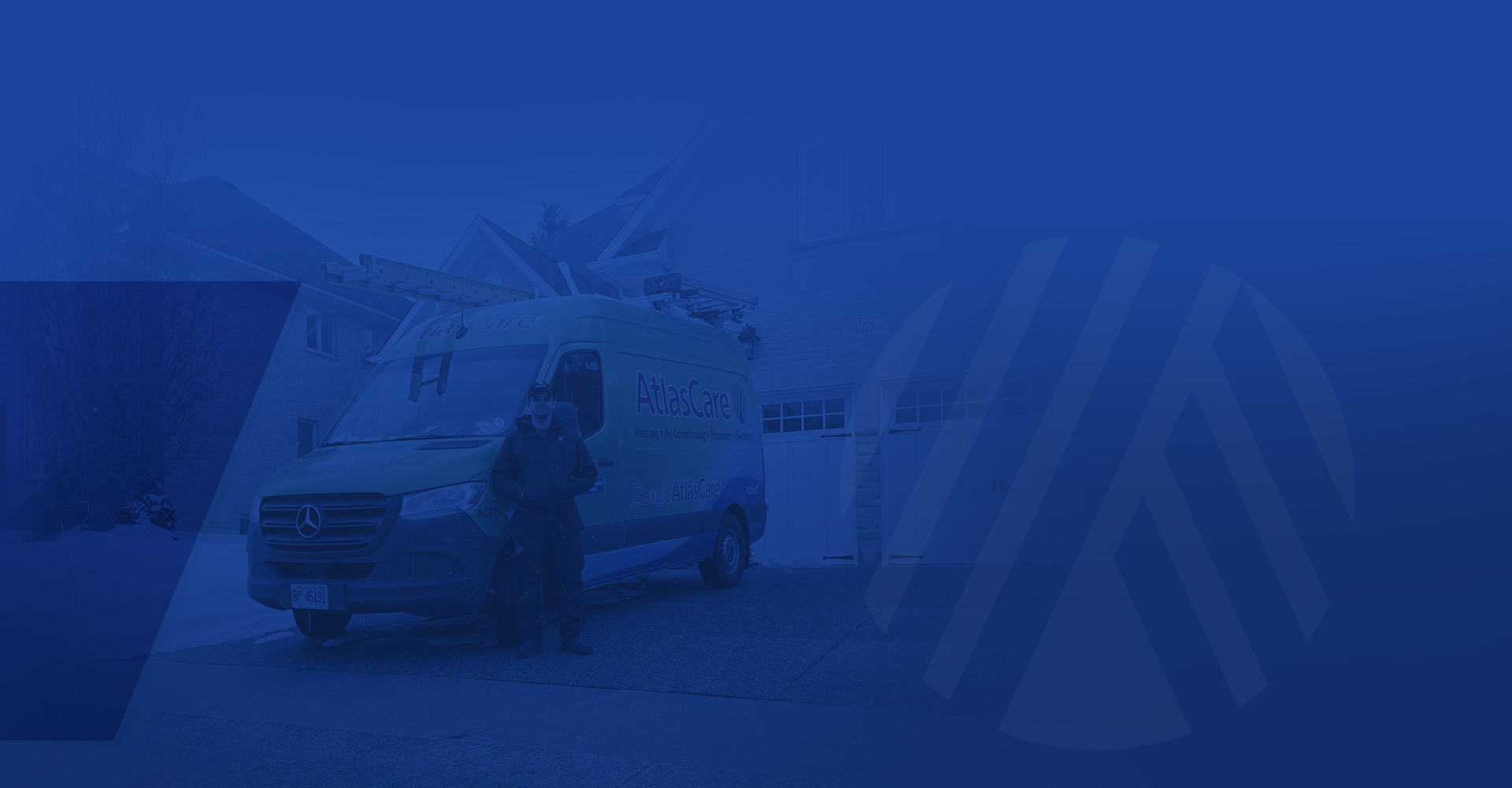Preparing Your Home for Winter Vacation
Planning an extended winter vacation?
Whether you’re fleeing to warmer climates or hitting the ski slopes, it’s not too soon to start preparing your home for the trip.
This winter vacation checklist is designed for Canadian homeowners to help ensure your home is safe in the event of a blizzard or a blackout. We’ve also included a few points on home security so you can fly south with peace of mind.
Winter Vacation Checklist: What to Do One Month Before Departure
1. Ask a Friend to Keep Watch
Arrange to have a friend or neighbour take care of your vacant home. The task may be as simple as dropping by to check on things or shovelling the driveway to make the house look lived-in. In any case, the sooner you ask, the better!
Don’t forget to leave your house-sitter a list of your preferred service providers in the event of furnace trouble or storm damage.
Why?
- Having a friend stop in ensures that problems with the furnace or plumbing will not go unnoticed. That’s important if your home doesn’t have a Wi-Fi connected smart thermostat or a leak sensor to keep you informed.
- For home security purposes, it’s important to show signs of activity in and around the house. Asking a friend to visit periodically makes your home look occupied.
2. Stop Mail Delivery
Leaving for a week or longer? Consider contacting Canada Post to put a temporary hold on mail delivery to your home. It must be done at least five business days before you plan to put delivery on pause.
Why?
Letters and flyers piling up in your mailbox signals to everyone that your home is vacant, which is a safety concern.
- In a typical Canadian winter, any letters left in the mailbox for more than a day are likely to get soggy and ruined.
3. Inform Home Insurer of the Vacation
No, we’re not talking about travel insurance – we mean home insurance. Not all insurance policies are alike, and you’ll want to make sure yours provides the coverage you need.
Why?
- The Canadian Snowbird Association warns that some Canadian home insurance policies contain clauses that void the coverage if your property is left unoccupied for extended periods. Others state that someone must visit the premises to inspect it at certain intervals during your absence.
One Week Before Departure
4. Store Outdoor Furniture Indoors
Put away patio chairs, tables and anything else in your yard that could be toppled by a strong wind. The same goes for your BBQ.
Why?
- Leaving these items out in the elements could leave them susceptible to damage.
- If the wind bowls over your backyard furniture and no one picks it up, it’s a clear sign that nobody’s home.
5. Make Plans for Pets (and Houseplants)
Don’t wait until the last minute to make sure your beloved pets are well cared for while you’re off! Might as well make arrangements for your potted plants – after all, they need care and attention, too.
Why?
- Well-established pet-sitters and kennels often book weeks in advance. The longer you wait, the more difficult (and expensive) it will be to find a reputable caregiver you trust.
- There are lots of ways to keep plants watered for an extended time, but it’s best to test out the effectiveness of these methods before using them for real.
One Day Before Departure
6. Clean Out Your Fridge, Take Out the Trash, and Seal Up Remaining Food
Empty the dishwasher and take out the garbage before you leave on vacation. If you plan to be gone for more than a week, clear out the fridge and move non-refrigerated foods to airtight containers.
You can also unplug the refrigerator to save energy once it’s empty (be sure to leave the door ajar to prevent moisture build-up.)
Why?
- Your home could lose power for an extended time while you’re away, causing food in your fridge and freezer to sit unrefrigerated for days and spoil.
- Leaving garbage out attracts mice and other pests to your home.
- Emptying the bins and the dishwasher ensures you won’t return home to an off-smelling kitchen.
7. Unplug All Appliances and Electronic Devices You Don’t Need to Leave On
Chances are there are 25 or more such devices in your home, including computers, televisions, tablets, and digital alarm clocks.
Why?
- Any device left plugged in on sleep or standby mode consumes electricity. Though small, this consumption adds up to about 10% of the average Canadian’s energy bill.
- Expensive electronics, like TVs and computers, could fall victim to a power surge in the onset of a blackout.
- Though small, leaving electrical devices unattended for long periods does increase the risk of fire.
8. Set a Lighting Timer
Set a programmable outlet timer or a smart lighting system to switch on the lights inside your home in the evenings. Choose the lights in one or more rooms with street-facing windows.
Why?
- Having the lights flick on creates the illusion that your home is occupied, deterring burglars after dark.
- Using a timer saves you the energy cost of leaving the lights on all night and day. The on/off cycle also appears more natural to onlookers than a light left on 24/7.
Day of Departure
9. Turn Down the Heat
Set your thermostat to 55°F/16°C. That’s warm enough to minimize the risk of pipes freezing (see the next point) while keeping energy costs low. Be sure to raise the temperature accordingly if pets are staying behind!
Why?
- Space heating is the single largest energy expense for most Canadians, costing more than water heating, lighting, and all other appliances combined. Lowering the thermostat by only a few degrees makes a big difference.
- There’s no need to keep the house comfortable when no one’s there to enjoy it.
10. Winterize Your Home’s Plumbing
Use the main water shutoff valve (usually found in your furnace room or basement) to turn off the flow to your pipes, then open all the faucets one-by-one to drain them. Then, close all but one.
Why?
- Should your house lose heat during your vacation, water inside the pipes could freeze and expand, causing the pipes to burst. Failing to winterize your home’s plumbing properly can lead to very costly repairs.
- Leaving one faucet open prevents pressure from building up from any water remaining inside the pipes.
11. Turn on Water Heater’s Vacation Mode or Drain and Shut Off
Many water heaters now come equipped with a ‘vacation mode’ setting that reduces its energy consumption while heating the water just enough to prevent pipes from freezing. If yours has one, you may switch it on – otherwise, have the tank drained and shut down for your vacation.
Note that if you do drain and shut off the water heater, you must allow the tank to refill before firing it up again – running on an empty tank can damage the unit.
Why?
- Since the water heater will not be in use, it isn’t necessary to keep it running at a shower-ready temperature.
- Some homeowners prefer the peace of mind that comes with draining and shutting down the tank entirely since it ensures the water will not freeze if the heater loses power and the house goes cold.
12. Close and Lock All Doors and Windows
Visit each room in the house one-by-one to check that the windows are fully shut and locked. Don’t forget basement windows and skylights!
Why?
- A window left even a tiny bit ajar can let blowing rain and snow into your home – not to mention rodents trying to escape the cold.
Any open doors and windows are a potential entry-point for home invaders.






